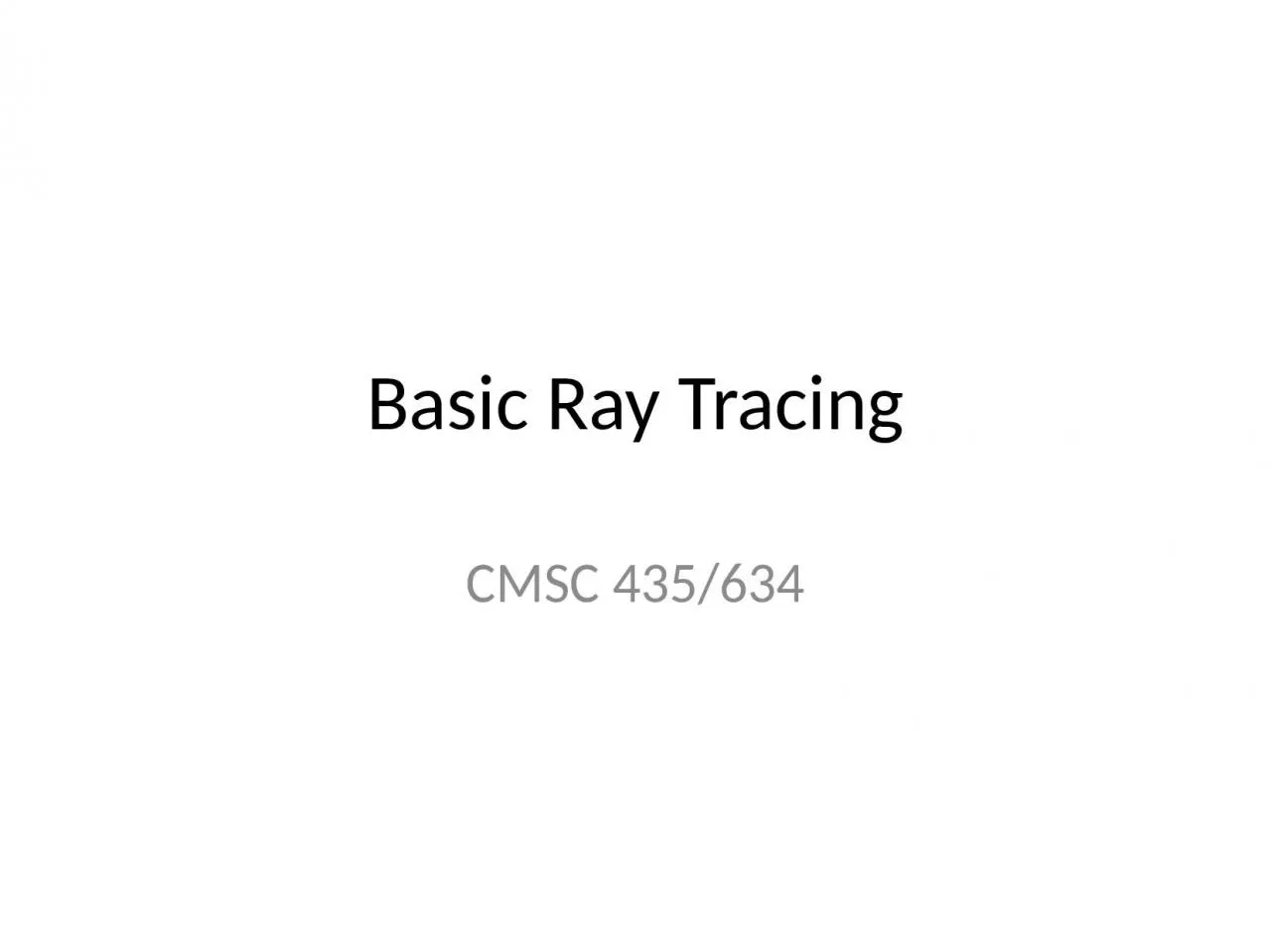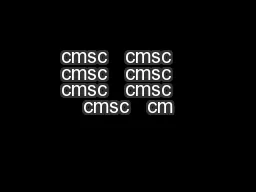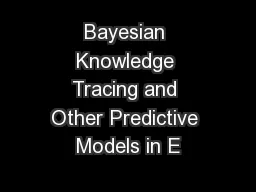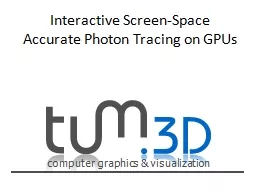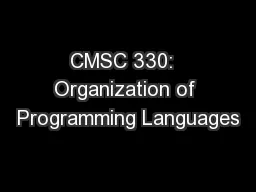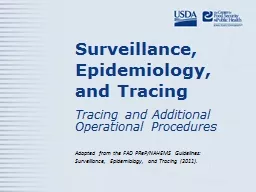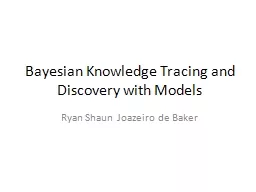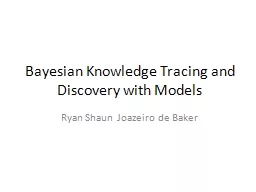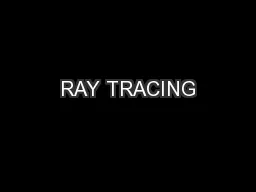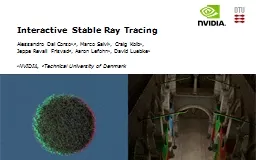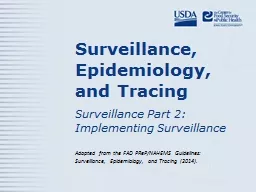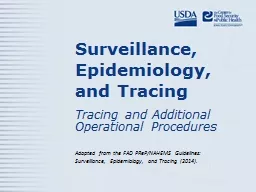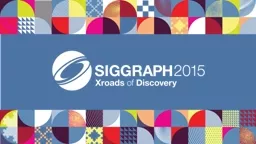PPT-Basic Ray Tracing CMSC 435/634
Author : daniella | Published Date : 2023-10-26
Visibility Problem Rendering converting a model to an image Visibility deciding which objects or parts will appear in the image Object order OpenGL later Imageorder
Presentation Embed Code
Download Presentation
Download Presentation The PPT/PDF document "Basic Ray Tracing CMSC 435/634" is the property of its rightful owner. Permission is granted to download and print the materials on this website for personal, non-commercial use only, and to display it on your personal computer provided you do not modify the materials and that you retain all copyright notices contained in the materials. By downloading content from our website, you accept the terms of this agreement.
Basic Ray Tracing CMSC 435/634: Transcript
Download Rules Of Document
"Basic Ray Tracing CMSC 435/634"The content belongs to its owner. You may download and print it for personal use, without modification, and keep all copyright notices. By downloading, you agree to these terms.
Related Documents

